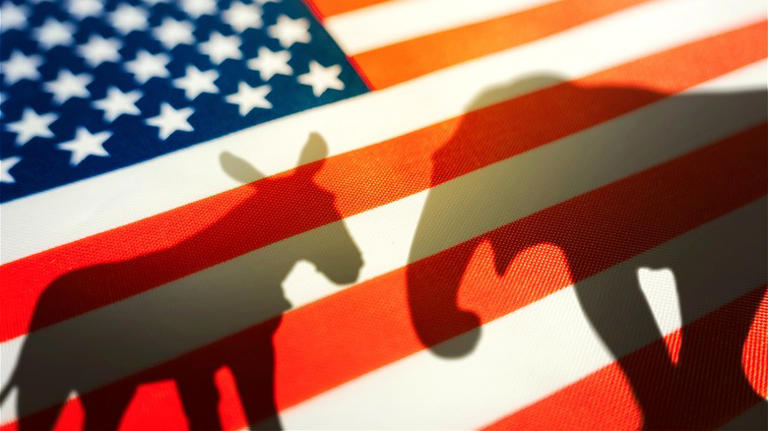The current political landscape in the United States is fraught with heightened divisions, particularly evident as the nation braces for the upcoming 2024 presidential election amidst ongoing policy disagreements. With divergent viewpoints pulling the country in multiple directions, the economic sphere has become a focal point of concern, exacerbated by daunting challenges such as the staggering national debt, which recently breached the unprecedented $34 trillion mark. This, coupled with persistent inflation and rising prices, has left a significant portion of the American populace grappling with financial strain, seeking answers and potential culprits for their economic woes.
In this environment of uncertainty and economic anxiety, the proliferation of misinformation and the prevalence of entrenched biases only serve to exacerbate the situation further. Nowhere is this more apparent than in the widely-held belief that fiscally conservative Republicans are inherently better for the stock market and, by extension, the overall economy. However, economists Alan Blinder and Mark Watson of Princeton University challenge this notion, shedding light on a lesser-known reality that the U.S. economy historically thrives under Democratic administrations.
Blinder and Watson’s assertion is supported by empirical evidence and data analysis, which reveal a consistent pattern of superior stock market and economic performance under Democratic presidents, spanning decades of economic history. Despite the limited direct influence that presidents wield over the stock market, the correlation between Democratic leadership and positive economic outcomes is difficult to overlook.
A comprehensive study conducted by the National Bureau of Economic Research (NBER) further bolsters this argument, spanning nearly a century from 1927 to 2015. The study highlights an average excess return of 10.7% under Democratic presidents, compared to a negligible -0.2% under Republican administrations. While one might intuitively attribute these disparities to the divergent fiscal policies of each party, analysts argue that the explanation is far more nuanced, revolving around economic timing and voter expectations.
Indeed, historical trends suggest that Democrats tend to ascend to power during periods of economic optimism and high anticipated future returns, while Republicans often prevail in times of economic uncertainty or downturns. This nuanced understanding challenges the simplistic narrative that party affiliation alone determines economic outcomes, underscoring the multifaceted nature of economic dynamics.
Moreover, the impact of government extends beyond the presidency, encompassing the legislative branch as well. Unified governments, where the same party controls both the executive and legislative branches, often correlate with significant market gains. However, such occurrences have become increasingly rare in recent times, reflecting the deepening political polarization and gridlock in Washington.
Nevertheless, while the stock market serves as an important barometer of sentiment and can influence economic perceptions, it is not the sole determinant of economic health. Factors such as GDP growth, employment figures, and housing market dynamics play pivotal roles in shaping the overall economic landscape.
Looking ahead to the 2024 presidential election, while the stock market may seem indifferent to the political outcome, the proposed economic policies of candidates could have profound implications for inflation, growth, and long-term economic stability. From potential trade policies to fiscal stimulus measures, the decisions made by the next administration will undoubtedly shape the economic trajectory of the nation for years to come. In this complex and dynamic environment, investors and policymakers alike must consider a multitude of factors beyond party affiliation when assessing economic prospects and market performance.
